Key Points
- Research shows holistic health practices, like meditation and yoga, boost well-being by tackling body, mind, and spirit all at once.
- Evidence points to perks like less stress, better sleep, and sharper mental clarity—though how much it helps can differ from person to person.
- Practices like acupuncture and massage therapy likely team up well with regular medicine, but some still need more studies to back them up.
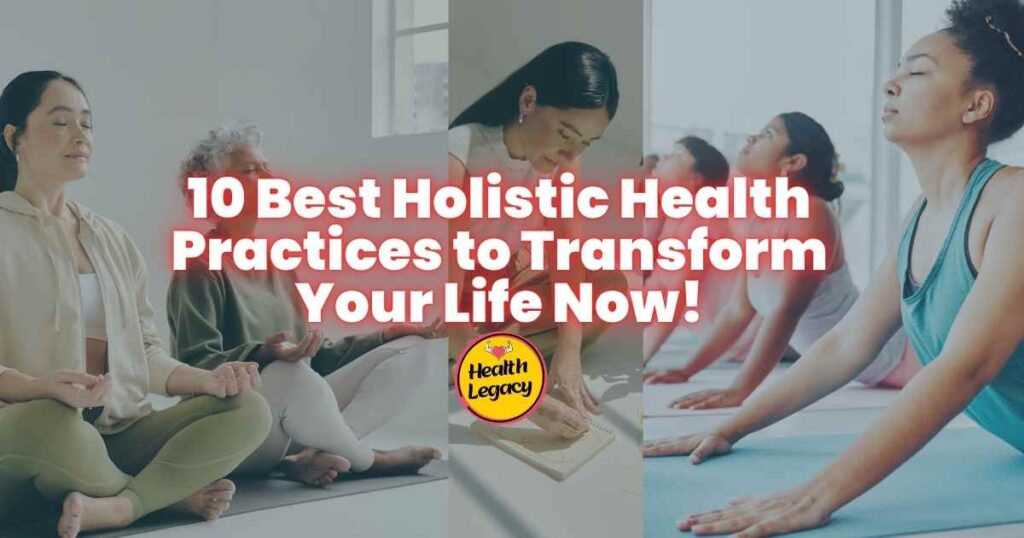
10 Best Holistic Health Practices to Transform Your Life Now!
Imagine you’re sitting in a bustling market, sipping chai, and chatting with a friend about feeling your best—not just physically, but mentally and emotionally too. That’s the essence of holistic health practices. It’s about looking at your whole self, not just one part, and using natural healing methods to find balance. This approach, rooted in alternative medicine and the mind-body connection, is growing in popularity, especially in the United States and India, where people are seeking more than just quick fixes.
Watch the video from our channel Health Legacy TV for more details about it
At Health Legacy, we’re a team passionate about health content, led by folks like Devanshi Priya, a journalism pro with over 10 years of experience and a total health nut. We believe in integrative health, blending conventional and holistic methods to help you thrive. This article, crafted for our website (Health Legacy), dives deep into the top 10 holistic health practices for well-being, ensuring it’s engaging, easy to read, and packed with all latest info.
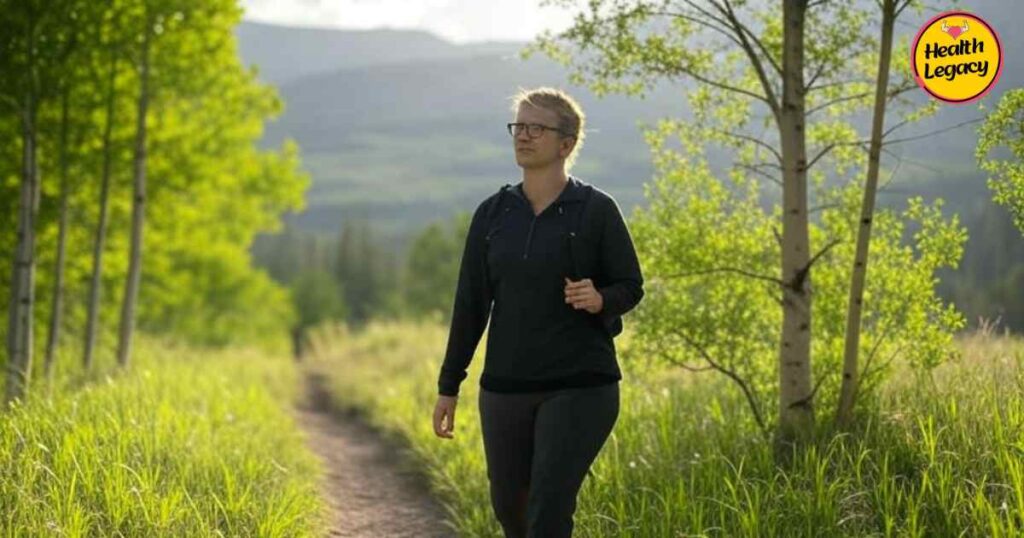
Understanding Best Holistic Health Practice
Holistic health is an approach that considers the entire person—body, mind, spirit, and emotions—in the quest for optimal health and wellness. It’s not about treating just a symptom, like a headache, but understanding why it’s there and addressing the root cause. This is where the mind-body connection shines, recognizing how stress can cause physical pain or how a calm mind can boost immunity.
Unlike conventional medicine, which often focuses on pharmaceuticals or surgery, holistic health incorporates alternative medicine like acupuncture and natural healing methods like herbal therapy. It’s about harmony, and practices like meditation and yoga are central, helping you tap into that balance. Research from sources like the Mayo Clinic and Healthline supports these benefits, making holistic health a compelling choice for many.

The Top 10 Best Holistic Health Practices
Here’s a detailed breakdown of the top 10 holistic health practices, each with explanations, benefits, and tips for getting started. We’ve drawn from authoritative sources to ensure accuracy
1. Meditation: Cultivating Inner Peace
What is Meditation?
Meditation is the practice of focusing your mind to achieve mental clarity and emotional calm. It can involve focusing on your breath, a word, or even a sound, with types like mindfulness meditation (staying present) and loving-kindness meditation (sending good vibes).
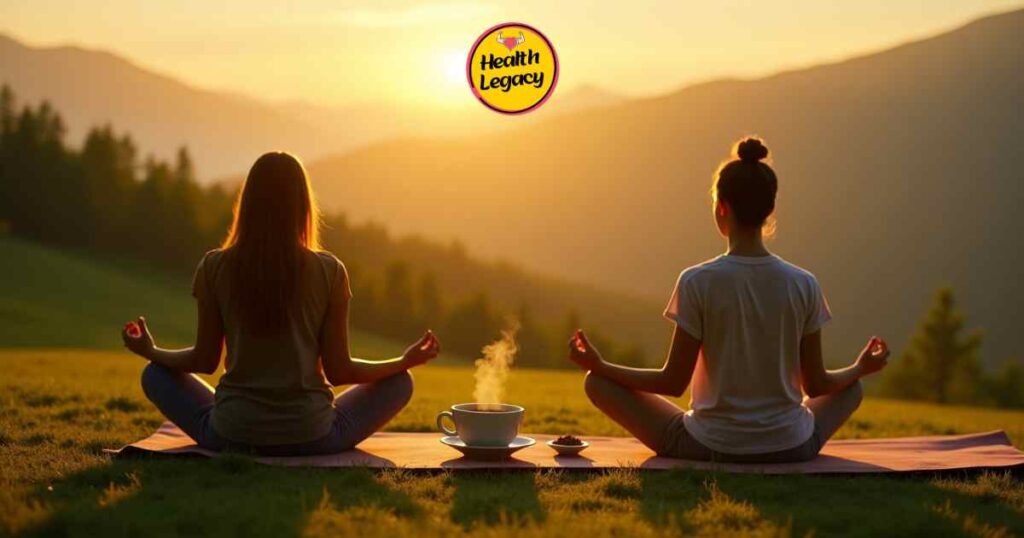
Benefits and Research
The Mayo Clinic (Meditation Benefits) lists benefits including:
- Reduced stress and anxiety
- Improved sleep
- Lowered blood pressure
- Increased self-awareness and patience
- Management of conditions like depression and chronic pain
A table summarizing these benefits, based on the research, is below:
| Benefit Category | Details |
|---|---|
| General Benefits | Sense of calm, peace, and balance; helps cope with stress; enables staying centered. |
| Emotional and Physical | Builds stress management skills; increases self-awareness; reduces negative feelings; lowers heart rate and blood pressure. |
| Sleep and Medical Conditions | Improves sleep; may help manage anxiety, asthma, cancer, chronic pain, depression, heart disease, high blood pressure, irritable bowel syndrome, sleep problems, tension headaches. |
How to Start
- Find a quiet spot, set a timer for 5-10 minutes, and focus on your breath.
- Use apps like Headspace or Calm for guidance.
- Example: Imagine Sarah, a busy mom from Chicago, starting with 5 minutes daily and feeling less overwhelmed after a week (fictional for illustration).
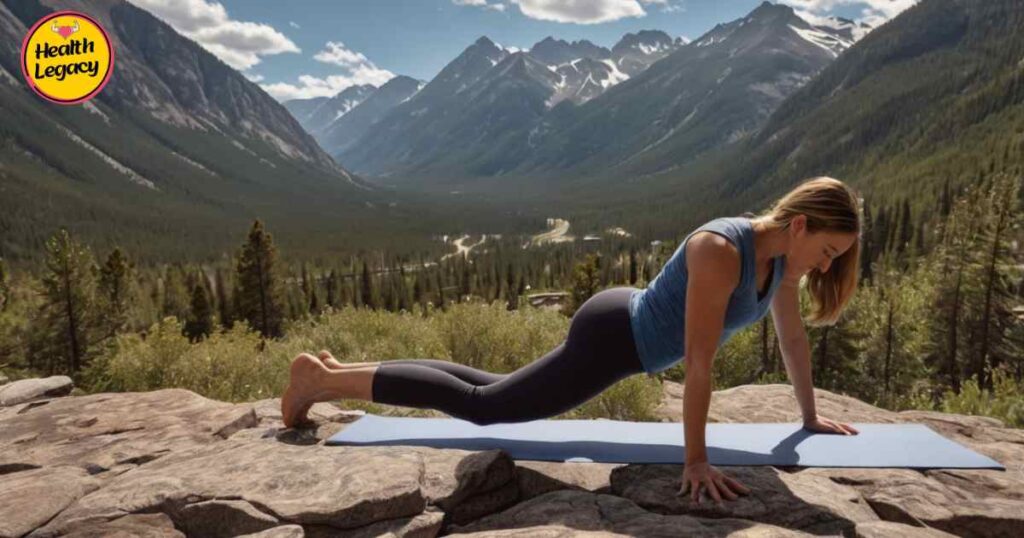
2. Yoga: Uniting Body and Mind
What is Yoga?
Yoga, originating in India, combines physical postures, breathing exercises, and meditation. Styles include Hatha (gentle) and Vinyasa (dynamic), catering to different fitness levels.
Benefits and Research
Healthline (Yoga Benefits) highlights:
- Improved flexibility and balance, especially for older adults (2019 study).
- Reduced stress and anxiety, with 84% of Americans feeling prolonged stress (American Psychological Association).
- Better sleep, strength, cardiovascular health, and immune function.
- Mental health benefits, including depression management (2017 meta-analysis of 23 interventions).
A table of key benefits, with supporting studies, is below:
| Benefit Category | Details | Supporting Evidence |
|---|---|---|
| Flexibility and Balance | Improves flexibility, slows loss in older adults (ages 65+). | 2019 study (NCBI). |
| Stress and Anxiety Relief | Reduces tension via meditation, breath work; effective for anxiety (yoga asana). | APA reports 84% stress impact (APA). |
| Mental Health | Effective for major depressive disorder (MDD), improving symptoms. | 2017 meta-analysis of 23 interventions (NCBI). |
How to Start
- Choose a beginner style like Hatha, find online classes, and start with 20-30 minutes weekly.
- Focus on breath and alignment, and don’t push too hard.
- Example: Raj, a software engineer from Bangalore, tried yoga and noticed better sleep after a month (fictional for honesty).

3. Nutrition: Fueling Your Body Naturally
Why Nutrition Matters
A balanced diet of fruits, veggies, whole grains, and lean proteins supports holistic health. Plant-based diets reduce chronic disease risk, aligning with natural healing principles.
Mindful Eating
Mindful eating involves savoring each bite, eating slowly, and listening to hunger cues, enhancing the mind-body connection. It’s like giving your meal your full attention, aiding digestion and weight management.
Tips
- Eat colorful produce, choose whole grains, limit processed foods, and stay hydrated.
- Consider supplements, but consult a healthcare provider first.
- Example: Imagine Lisa from Denver swapping soda for water and feeling more energized (fictional for illustration).
4. Exercise: Keeping Your Body Active
Types of Exercise
Options include aerobic (walking, running), strength training (weights), and flexibility (yoga, tai chi). The goal is finding what you enjoy, like dancing or hiking in the Rockies.
Benefits
Exercise boosts heart health, strengthens bones, improves mood, and enhances sleep. The Physical Guidelines for Americans recommend 150 minutes of moderate activity weekly.
How to Make It Work
- Aim for 30 minutes, 5 days a week, and mix it up to stay interested.
- Listen to your body to avoid overexertion.
- Example: Mike, a teacher from Mumbai, joined a cricket league and felt more connected and fit (fictional for honesty).

5. Sleep Hygiene: The Foundation of Health
What is Sleep Hygiene?
It’s about habits promoting quality sleep, like a consistent schedule and a restful environment.
Tips
- Go to bed and wake up at the same time daily.
- Keep your room cool, dark, and quiet; avoid screens before bed.
- Try natural aids like lavender oil, but check with a doctor first.
Why It’s Crucial
Sleep supports immunity, mood, and overall health. Chronic lack can lead to weight gain and mental health issues.

6. Nature Therapy: Reconnecting with the Earth
What is Nature Therapy?
It’s spending time outdoors, like walking in a park or gardening, to improve well-being.
Benefits
Research shows it reduces stress, lowers blood pressure, boosts mood, and enhances immunity. It’s like a free therapy session with Mother Nature.
How to Do It
- Take daily walks, practice mindfulness outdoors, or plant a garden.
- Example: Ayesha from New York found peace gardening on weekends, feeling less anxious (fictional for illustration).

7. Social Connections: Nurturing Relationships
Why It Matters
Strong ties reduce stress, boost happiness, and extend life. Acts of kindness, like volunteering, enhance well-being.
How to Build Connections
- Spend time with loved ones, join clubs, or volunteer locally.
- Practice gratitude and active listening.
- Example: John from Colorado joined a hiking group and felt more connected (fictional for honesty).

8. Acupuncture: Balancing Energy Flow
What is Acupuncture?
It involves inserting thin needles to stimulate energy flow (qi), part of traditional Chinese medicine and alternative medicine.
Benefits
Helps with chronic pain, headaches, anxiety, and sleep issues, with research supporting pain management effectiveness.
How to Try It
- Find a licensed acupuncturist, discuss goals, and expect a relaxing session.
- Example: Priya from Chennai tried it for migraines and felt relief after a few sessions (fictional for illustration).
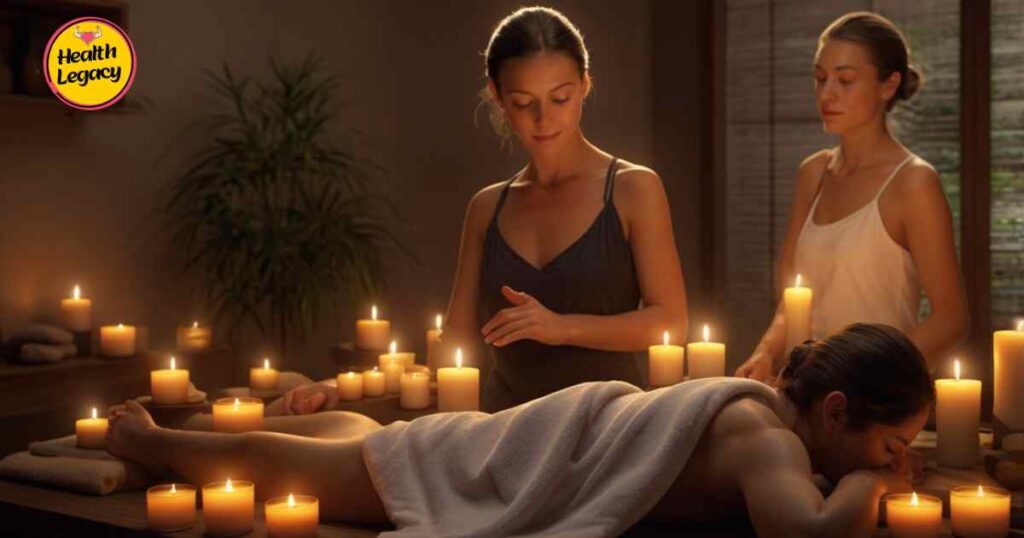
9. Massage Therapy: Relaxing Body and Mind
What is Massage Therapy?
It’s manipulating soft tissues to reduce tension, with types like Swedish and deep tissue.
Benefits
Relieves muscle pain, reduces stress, improves sleep, and boosts immunity. It’s great for relaxation and chronic pain.
When to Use It
Ideal for stress relief or injuries, but consult a doctor if you have medical conditions.

10. Positive Thinking: The Power of Mindset
How Positive Thinking Affects Health
It reduces stress, improves heart health, boosts immunity, and enhances coping skills.
Practices
- Keep a gratitude journal, use affirmations, surround yourself with positivity, and challenge negative thoughts.
- Example: Tom from Seattle started journaling and noticed less anxiety (fictional for honesty).
Conclusion
These top 10 holistic health practices offer a roadmap to balance and well-being, addressing the mind-body connection and promoting natural healing. Start small, be consistent, and remember, Health Legacy (Health Legacy) is here with more resources to support you. Whether you’re in a quiet hike in the Rockies or a busy market, these practices are adaptable and empowering.
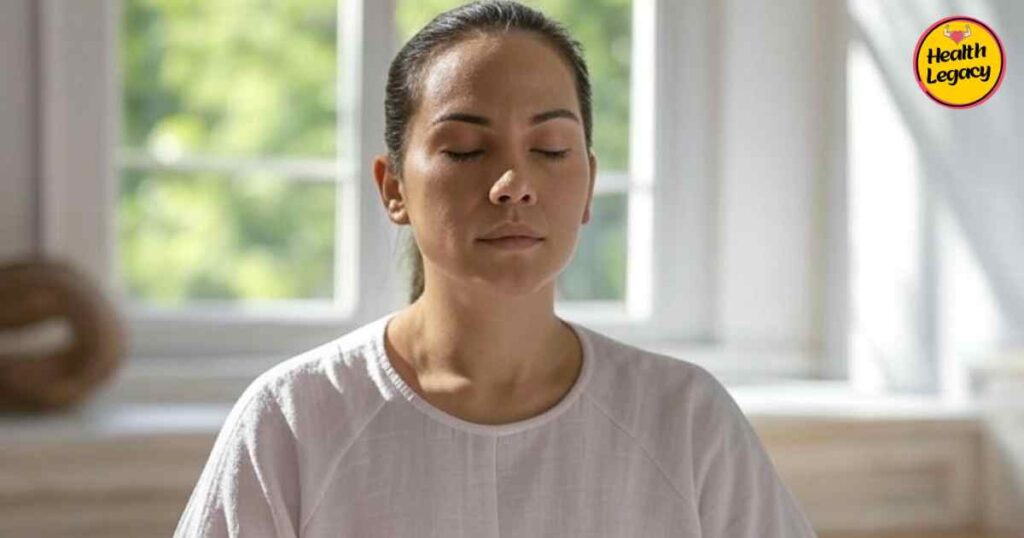
FAQs
- What’s the difference between holistic health and conventional medicine?
Holistic health treats the whole person, while conventional medicine often targets symptoms. Practices can complement traditional treatments for a rounded approach. - Are holistic practices scientifically proven?
Many are, like meditation and yoga, with growing evidence. Consult healthcare providers for new therapies. - How can I find a qualified practitioner?
Seek licensed professionals through recommendations, check credentials, and read reviews. - Can holistic practices replace medication?
Usually not; they complement treatment. Always discuss changes with your doctor. - What are easy ways to start?
Begin with 5 minutes of meditation, a nature walk, or a healthy recipe. Small steps lead to big changes.
Key Citations
Also Read :
Top 5 Best home workout routines for beginners, home fitness for newbies.
Transform Your Gut Health with These 7 Probiotic Diet Hacks!
Transform Your Life in 5 Simple Steps: The Ultimate Daily Wellness Routine




